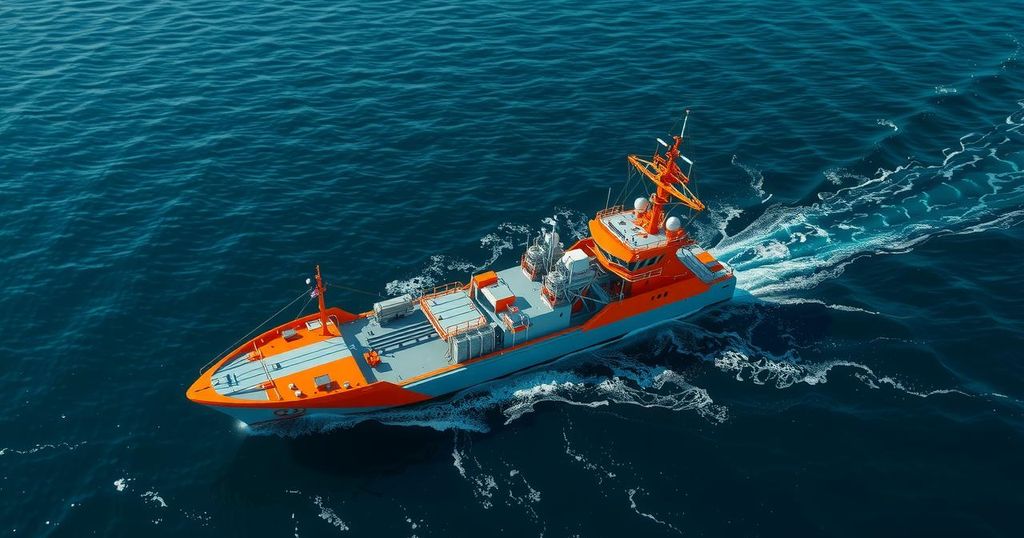Durham Scientist Joins International Team Investigating Tohoku Earthquake

A Durham University scientist is participating in an international research project examining the seabed near Japan to investigate the 2011 Tohoku earthquake, which resulted in extensive loss of life and infrastructural damage. The team is drilling through key geological formations to analyze fault dynamics and hopes to reveal insights that could enhance understanding of seismic activity associated with subduction zones.
A scientist from Durham University is currently engaged in a significant international research initiative, conducting investigations into the seabed near Japan’s east coast, specifically to better understand the catastrophic Tohoku earthquake that occurred in 2011. This earthquake was notably one of the largest on record, triggering a catastrophic tsunami that profoundly impacted the Japanese coastline, traveling as far as six miles inland, and leading to the destruction of infrastructure and a meltdown at the Fukushima Daiichi nuclear power plant. The natural disaster resulted in the tragic loss of over 18,500 lives and displaced more than 160,000 individuals.
The Japan Trench Fast Drilling Project (JFAST) had previously obtained valuable samples from the Japan Trench in 2013 to ascertain the factors contributing to the earthquake. Presently, a new team of experts, including Durham Earth Sciences researcher Rebecca Robertson, embarked on the Chikyu deep-sea drilling vessel, continuing these critical investigations.
The current project, named Tracking Tsunamigenic Slip Across the Japan Trench (JTRACK), aims to drill into a fault boundary at the site of the 2011 earthquake in order to extract samples and analyze the physical properties associated with the fault. The expedition spans four months, with the team already past the halfway mark. They have successfully drilled through the overriding continental plate to the subducting oceanic Pacific plate and have established an observatory through the fault, allowing them to sample deep-sea sediments and fault materials. Moreover, they have conducted high-resolution imaging of the fault zone, which will undergo thorough analysis in conjunction with the sampled materials.
Prior to the Tohoku earthquake, the prevailing scientific theory suggested that only deeper parts of subduction zones, where one tectonic plate descends beneath another, experienced significant seismic activity. However, the Tohoku incident demonstrated otherwise, producing substantial fault displacement that reached the seafloor. Through continued sampling of the fault segment that experienced this unexpected slip, the JTRACK team anticipates gaining crucial insights into the processes underlying this extraordinary earthquake. Ms. Robertson represents one of only three UK scientists among a diverse expedition team incorporating expertise from Japan, the United States, and various European countries.
The investigation into the 2011 Tohoku earthquake, which measured 9.0 on the moment magnitude scale, is fundamental in enhancing the understanding of seismic activity associated with subduction zones. This earthquake was part of the larger Pacific Ring of Fire, known for its vibrant tectonic activity. The outcomes of this research are expected to illuminate the mechanisms driving such powerful earthquakes and tsunamis, ultimately contributing to more effective disaster preparedness and response strategies in the future.
In summary, the collaboration between international researchers aboard the Chikyu vessel is poised to uncover essential information regarding the mechanisms that caused the unprecedented Tohoku earthquake. As they delve deeper into the fault lines and analyze collected data, the insights garnered could yield profound implications for seismic research and disaster prediction methodologies. The ongoing commitment of scientists like Rebecca Robertson is vital in bridging gaps in our understanding of seismic events.
Original Source: www.durham.ac.uk






